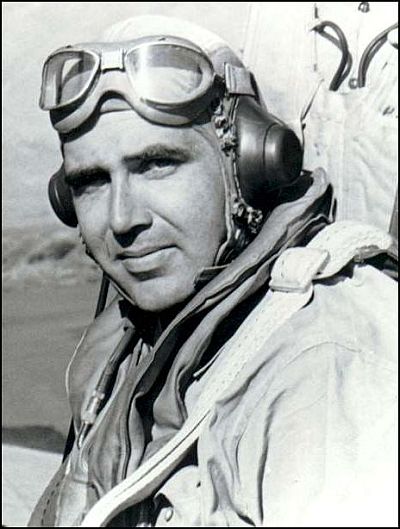Authors:
Historic Era: Era 8: The Great Depression and World War II (1929-1945)
Historic Theme:
Subject:
Summer 2017 | Volume 62, Issue 1


Authors:
Historic Era: Era 8: The Great Depression and World War II (1929-1945)
Historic Theme:
Subject:
Summer 2017 | Volume 62, Issue 1
By 1943, the war was moving fast—new carriers, new airplane squadrons—and in November our air group, commanded by Lt. Comdr. Edward “Butch” O’Hare, was loaded aboard ship for the Pacific Theater. O’Hare was a hero of the early war, having shot down five Japanese planes in one day and probably saving the carrier Lexington at the Battle of the Coral Sea.

Our task force was sent to the Gilbert Islands, where the Marines were in a bloody fight at Tarawa. The Japanese had big airfields several hundred miles to the north in the Marshalls out of which they were flying medium bombers, known as “Bettys.” Loaded with torpedoes, they would fly down and try to find the American fleet, hoping to sink a carrier or two. It was decided to do something about them, and Admiral Arthur Radford, commanding the task force on the carrier Enterprise, in consultation with Butch O’Hare and our squadron commander, Lt. Commander John Phillips, devised the first ever night-fighter operation off carriers, code-named “Black Panther.”
A few small airborne radar sets had been issued to the fleet a year before, but they were not yet in general use. Primitive instruments with a small green screen about five by seven inches, they had a sweeping arm that briefly lit up as it crossed the location of other planes—terribly difficult to read—with a maximum range of about ten miles, and precise only much closer. Still, having seen nothing like them before, they impressed us mightily. When lost, you could also find your way back to a ship with one of these, instead of flying into the empty ocean until you ran out of gas. Sets had been installed into two of our torpedo planes by a specialist, Lt. (junior grade) Hazen Rand, who had worked in the development of the airborne naval radar sets at M.I.T. After a crash course in operating the rear gun, Rand replaced our navigator for the Black Panther Operation.
On November 24 at about 0500, while we were circling looking for targets, there was a huge flash of light off to the east, like the sun rising, which we later learned was the escort carrier Liscombe Bay blowing up when hit by a Japanese submarine torpedo. She was a light carrier with pitifully little protection, and everything in her—gasoline, bombs, torpedoes—blew up at once. She went down instantly, with the loss of more than six hundred men.
Then, on the night of the twenty-sixth, the new night-fighting scheme was put into action again using two fighters and a torpedo plane. One of the fighters was to be flown by Butch O’Hare and